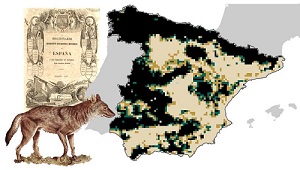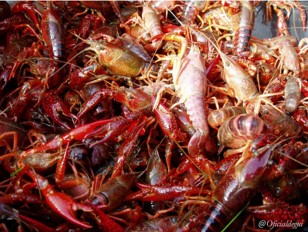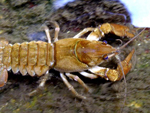
Welcome
Welcome to the official website of the Doñana Biological Station (EBD-CSIC)...

The Doñana Biological Station: EBD-CSIC
The Doñana Biological Station is a public Research Institute belonging to the Spanish Council for Scientific Research CSIC in the area of Natural Resources...

Mission
Our fundamental mission is to carry out multidisciplinary research of the highest standard directed to understanding the way in which biodiversity is generated, maintained and deteriorates, as well as the consequences of its loss...

Our methods
We apply many techniques within a multidisciplinary framework, from molecular genetics to remote sensing, and from modelling to physiological and isotopic analyses...

Monitoring the environment
Monitoring biodiversity at the Doñana Natural Space cover a wide range of communities, including both terrestrial and aquatic organisms...

Aims
Our aims include the study of the ecological and evolutionary processes by combining field work, mathematical and statistical models and physiological and genetic analysis...
 Outstanding
Outstanding
-
 The Iberian wolf occupied at least 65% of the Iberian Peninsula in the mid-19th century, three times more than today
The Iberian wolf occupied at least 65% of the Iberian Peninsula in the mid-19th century, three times more than today -
 The aquatic fauna that arrived at a wish of a king
The aquatic fauna that arrived at a wish of a king -
 One century of crayfish invasions
One century of crayfish invasions -
 Workshop Historical Ecology
Workshop Historical Ecology -
 Historical citizen science to understand and predict climate-driven trout decline
Historical citizen science to understand and predict climate-driven trout decline
 News
News
Content with tag historical ecology .
 The Iberian wolf occupied at least 65% of the Iberian Peninsula in the mid-19th century, three times more than today
The Iberian wolf occupied at least 65% of the Iberian Peninsula in the mid-19th century, three times more than today
The results show that the wolf could be found in all the provinces and its presence was less frequent in flatter areas, more suitable for agriculture and with higher population density
 The aquatic fauna that arrived at a wish of a king
The aquatic fauna that arrived at a wish of a king
Interdisciplinary studies allow to introduce a long-term perspective on the magnitude and rhythm of changes in ecosystems, including biological invasions.





